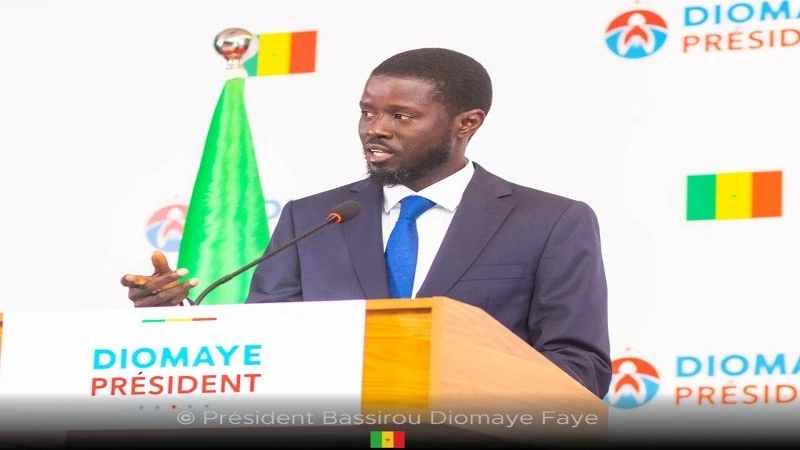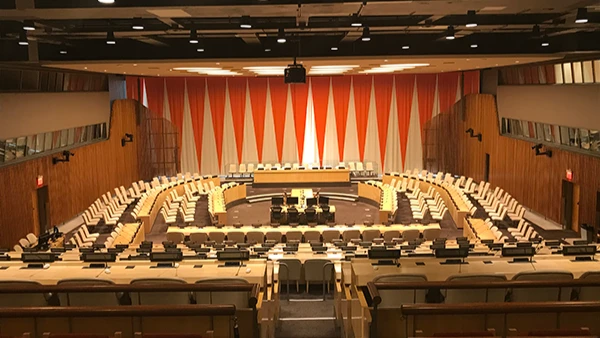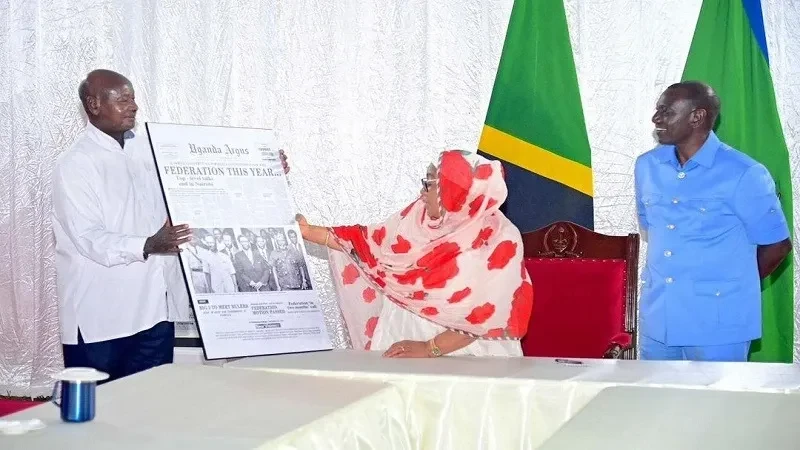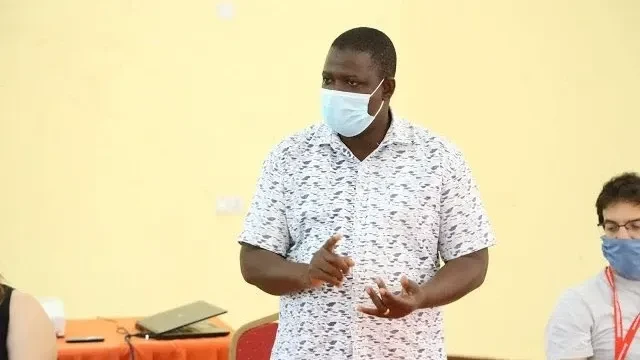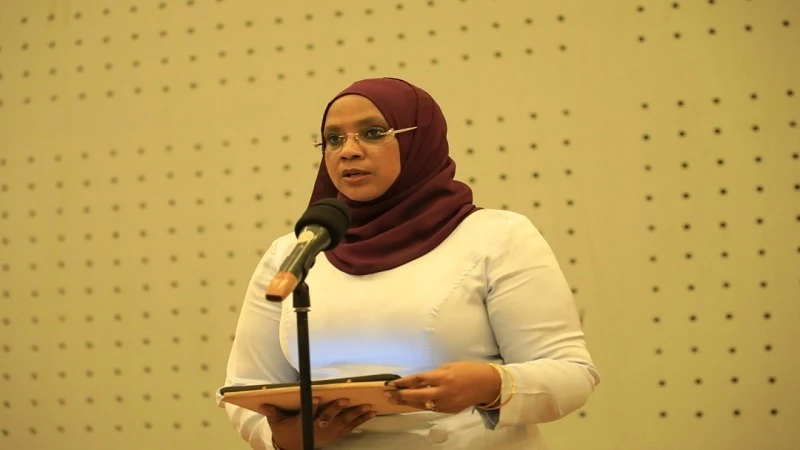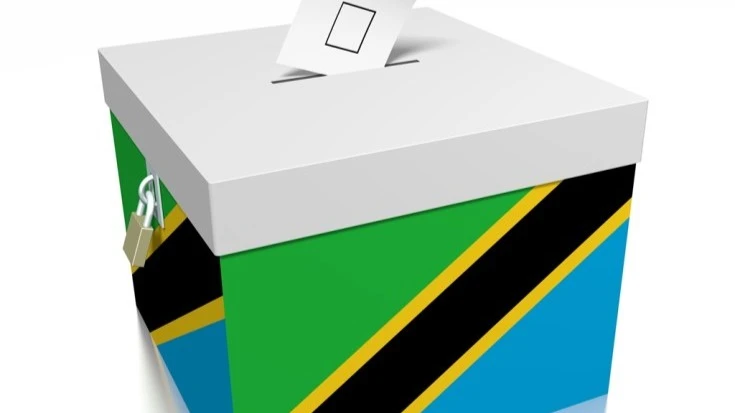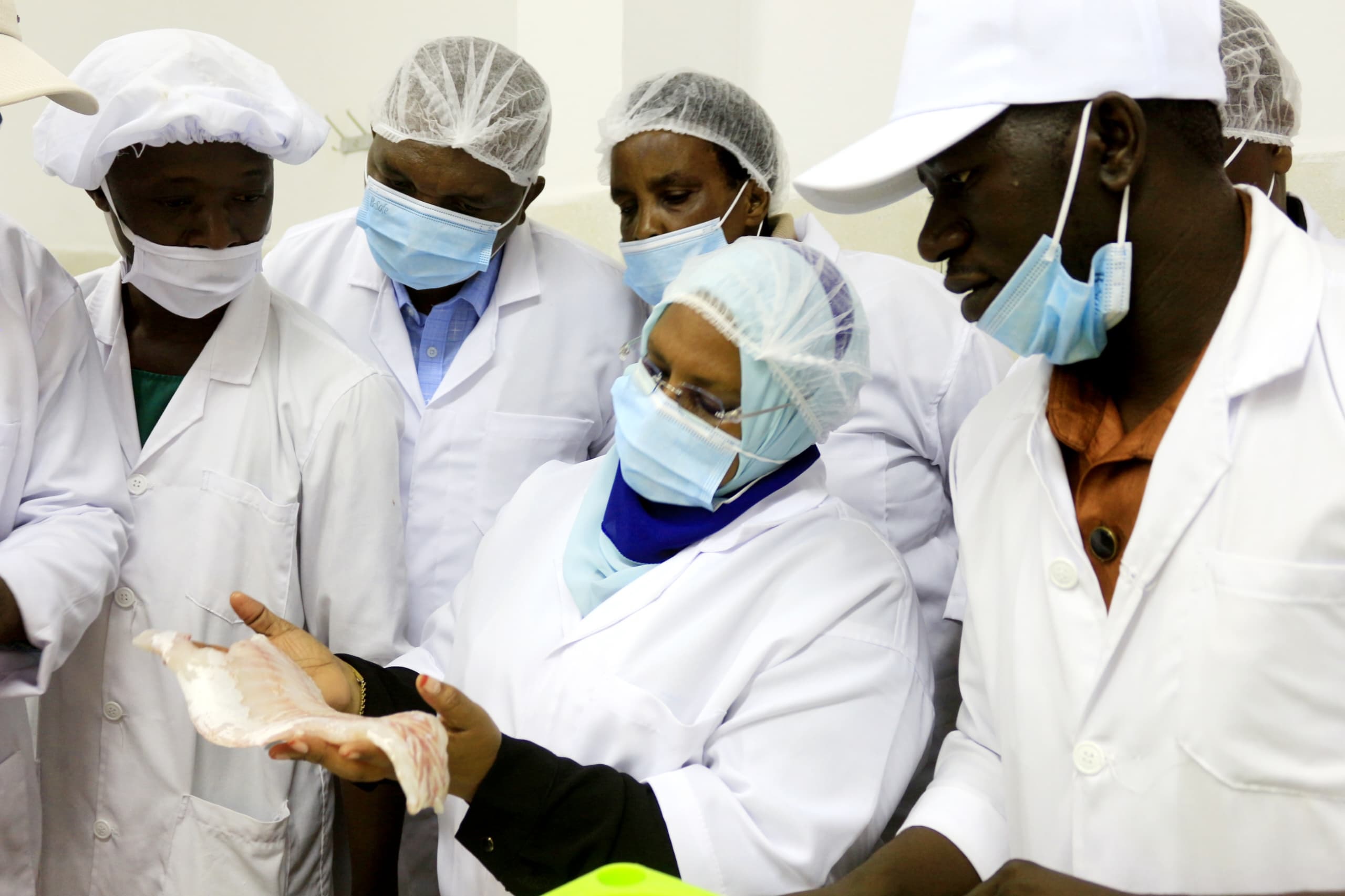Teachers as referees: Empowering young learners through modern education system
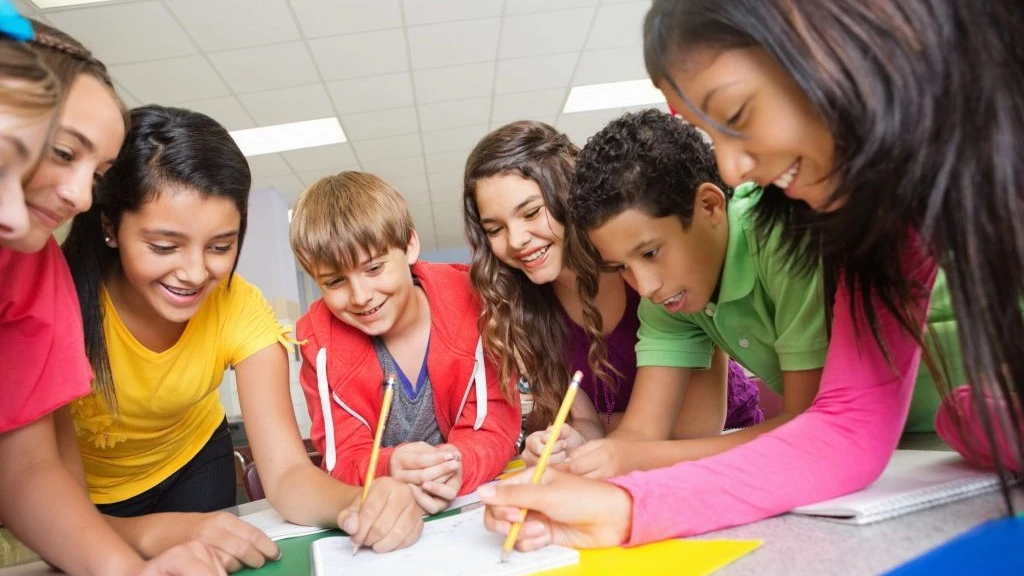
IN the past, traditional teaching methods positioned the teacher as the sole source of knowledge. What the teacher said was final, largely because access to information was limited. Libraries were few, books were scarce and the distribution of knowledge across regions or countries was often constrained.
The above explained situation created an environment where students relied heavily on teachers, with little room for questioning or exploration. Knowledge transfer relied on printed books and face-to-face interactions, which were slow and often expensive.
One significant factor contributing to this knowledge gap was the limited technological advancement of the time. Publishing books was a challenge, making it difficult for learners to access reading materials independently.
With few resources for self-directed study, teachers became the sole source of knowledge, limiting students' ability to verify, challenge, or expand on the information they were taught. Without access to diverse materials or alternative perspectives, the education system relied heavily on rote learning and memorization rather than critical thinking and exploration.
The inability to diversify instructional methods limited the potential for students with different strengths and interests to thrive. This environment made participatory teaching methods almost impossible.
A changing era
Every era has its defining characteristics that influence educational practices. Today, we live in a world of unprecedented access to information. Smartphones, the internet, and television have transformed learning from a classroom-bound activity into something accessible virtually anywhere.
Learners can now access vast amounts of educational content, making the teacher's role evolve from being the sole supplier of knowledge to that of a guide and facilitator.
In this era, clinging to outdated teaching practices from the colonial or post-colonial period, when technology was less advanced, would hinder progress. Instead, educators must embrace these changes and adapt their methods to remain effective.
The teacher as a referee
In modern classrooms, learners bring a wealth of knowledge to the table. This doesn’t diminish a teacher’s value; rather, it calls for a shift in approach. A teacher should act as a referee, observing and guiding learners as they explore, interact, and learn from one another. Like a referee in a football match, a teacher ensures fair play, intervenes when necessary, and supports learners in achieving their goals.
One effective way to foster such interaction is by encouraging peer questioning. For instance, teachers can pair students to ask and answer questions among themselves.
The teacher’s role here is to ensure that the questions are well-structured and the answers accurate. Adding a reward or consequence system can make the exercise more engaging. For example, a pair may be eliminated from the exercise if one member fails to answer correctly, which motivates students to prepare more thoroughly.
Benefits of the referee approach
When a teacher adopts the role of a referee in the classroom, it shifts the focus from traditional, teacher-centered instruction to a more dynamic and participatory learning environment. This teaching method, where the teacher acts as a facilitator and learners take an active role, has numerous benefits as it allow students to take a more active role in discussions and become more engaged in the learning process.
It fosters curiosity whereas students are encouraged to ask questions, explore, and debate, thus deepening their understanding of the subject.
When learners are tasked with asking questions, they are motivated to read and understand the material to perform well. Fear of embarrassment—either from failing to answer or not having a question to ask—pushes students to engage more deeply, enhancing their knowledge and understanding.
In exercises where group performance depends on individual contributions, students learn to accept and work with the weaknesses of others. This builds empathy and fosters a mindset of supporting peers to overcome challenges, preparing them for collaborative problem-solving in real-life situations.
Interaction builds confidence. As learners practice asking and answering questions, they become more comfortable expressing themselves. Recognizing and addressing their weaknesses further boosts their self-assurance, which is crucial not only in academics but also in personal and professional life.
Classrooms are microcosms of society, and interaction is key to their success. Collaborative learning allows students to understand one another’s strengths and weaknesses, reducing fear and fostering unity. This interaction strengthens the social fabric of the classroom and equips students with vital interpersonal skills for life beyond school.
For education to be effective, learning should be a joyful experience. Teachers must use a variety of teaching methods to cater to diverse learning needs and keep students engaged. Methods that involve active participation, like peer questioning and group discussions, place learners at the center of the process. This approach not only enhances academic outcomes but also encourages students to appreciate their potential.
By adopting the role of a referee, teachers can transform their classrooms into dynamic spaces where learners take charge of their own education. This method aligns with the demands of the modern era and ensures that students are not just recipients of knowledge but active participants in their learning journey.
Teaching is no longer just about imparting knowledge; it’s about guiding learners to discover, explore, and excel. The referee approach empowers students, fosters collaboration, and builds a foundation for lifelong learning and success.
Top Headlines
© 2024 IPPMEDIA.COM. ALL RIGHTS RESERVED



